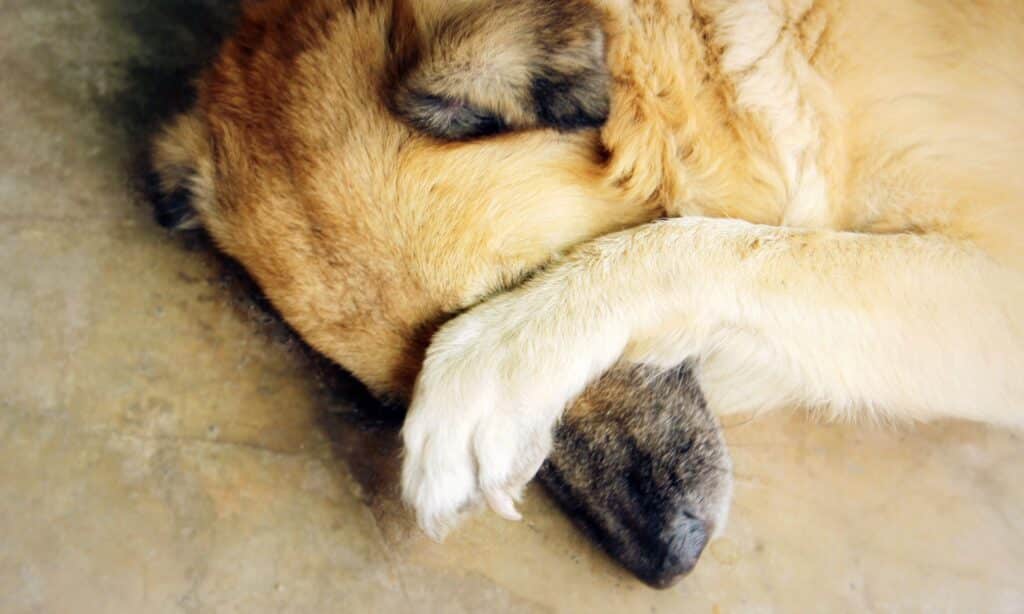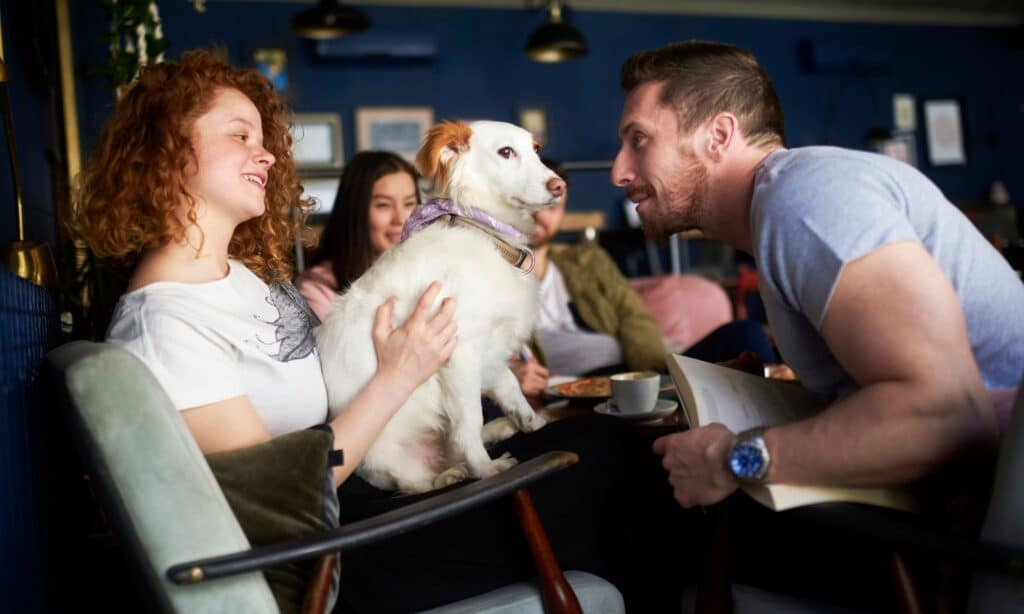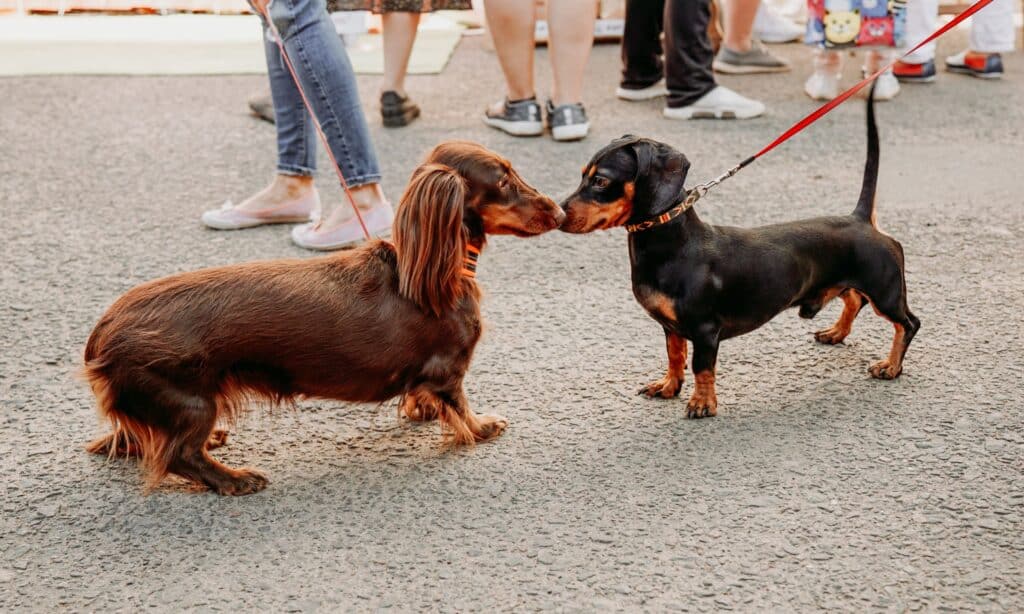“This post contains affiliate links, and I will be compensated if you make a purchase after clicking on my links.”

Are you the fur parent of a shy and fearful dog? Usual identifiers of shy behavior in dogs include shaking, cowering, urinating, low-pulled back ears and whimpering.
Extremely shy dogs may respond fearfully or even violently if placed in an unfamiliar situation. Because of this, your dog might even limit their physical activity and miss out on meeting new pals and engaging in typical dog behaviors. Things can get worse if you hold off on helping them boost their confidence.
Most often, a dog’s fear is the result of a genetic predisposition or a lack of exposure to what frightens them. It will take time and patience on your part to help a shy or fearful dog gain confidence; there is no quick remedy for this.

Tip 1: Interacting With People
Putting your dog in a stressful situation will delay the progress. Give your dog some time to build confidence and trust. Allow them to get familiar with people. When on a walk and someone wants to get close to your dog, tell them to not approach and wait for the dog to be the one who approaches the person. It’s more likely for dogs to approach people safely when they adjust on their own. Reduce the distance between you and the other person by tossing rewards. Toss treats one at a time while squatting down. This enables your dog to approach people at their own pace and receive a reward simultaneously. Keep your distance until they take a treat from your hand.

Tip 2: Interacting With Other Dogs
Just as you wouldn’t with people, don’t force your dog to engage with other dogs if he is apprehensive about them. On walks, for example, encounters with other dogs can’t always be avoided. Simply move to the opposite side of the road or off the path to give your dog some space. Do not get too discouraged if your dog displays aggressive behavior towards other dogs, such as growling, lunging, or barking. If your dog reacts aggressively, such as barking, lunging, or growling at other dogs, don’t feel too discouraged! You can take classes if you need help from professionals. The training course usually includes hands-on training and putting things into practice until your dog feels comfortable with other dogs. Do take things slowly and work with your dog as they grow more self-confident.
When your dog makes progress, avoid the need to expose them to situations that can make all of your hard work go to nothing. For instance, avoid taking your dog to the dog park where a fight can break out if they used to be terrified of other dogs. Instead, aim for controlled, calm interactions among dogs.
And there you have it! Do you have any tips to add?


















